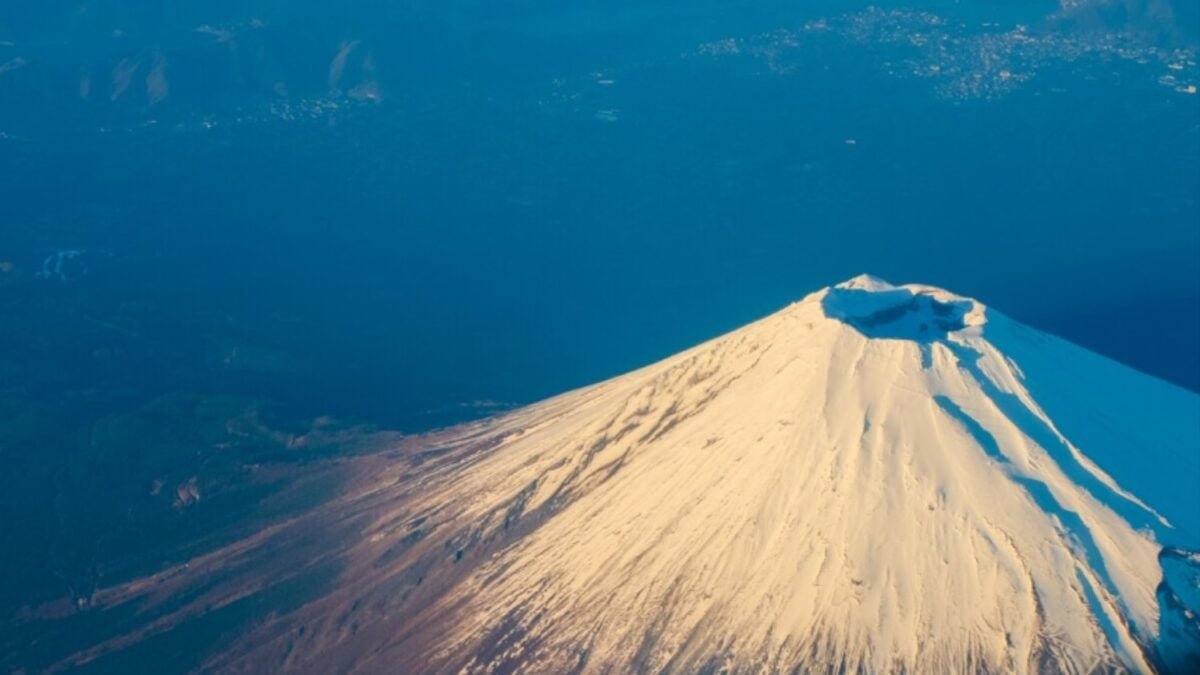“Volcanoes and an Ice Age: A Centuries-Long Climatic Mystery”

The cold that came from the fire
Almost six hundred years ago, the planet plunged into an unexpected cooling. The tree rings preserved it in their memory, the glaciers advanced, and medieval chronicles described endless winters, ruined harvests, and frozen rivers.
The study, published in Communications Earth & Environment, revealed that two simultaneous volcanic eruptions cooled the Earth for decades. Researchers from Korea and Russia analyzed microscopic ash fragments trapped in Antarctic ice, unveiling a story of double fire: one half from the Kuwae volcano in the South Pacific, and the other from an unidentified southern hemisphere volcano.
A finding that rewrites the past
For decades, scientists debated the origin of the climatic collapse. The new analysis showed evidence of two ash columns ascending almost simultaneously, suggesting eruptions separated by just a few months.

Both events launched millions of particles into the atmosphere, forming tiny drops of sulfuric acid that cooled the planet for more than a decade.
“The coincidence of two eruptions of such magnitude in different hemispheres was a double climatic blow to the Earth,” conclude the authors.
Antarctica: where ice guards the history of fire
The discovery was possible thanks to the study of ice cores from the South Pole, true natural archives of Earth’s climate. Antarctica not only preserves traces of the past but also hosts one of the largest volcanic systems on the planet.
Recent studies have identified more than 140 subglacial volcanoes, some exceeding 3,600 meters in height. Mount Erebus, on Ross Island, remains active with its permanent lava lake, visible even from satellites.

Volcanoes under the ice: a silent threat
A 2025 study by the American Geophysical Union showed that the loss of ice mass can increase Antarctic volcanic activity, raising the risk of subglacial eruptions.
This process generates a dangerous feedback cycle, potentially destabilizing part of the western ice sheet.
The double volcanic outburst of 1458/59 serves as a lesson to understand the impact of future eruptions, especially in polar regions, on a planet already facing global warming.






